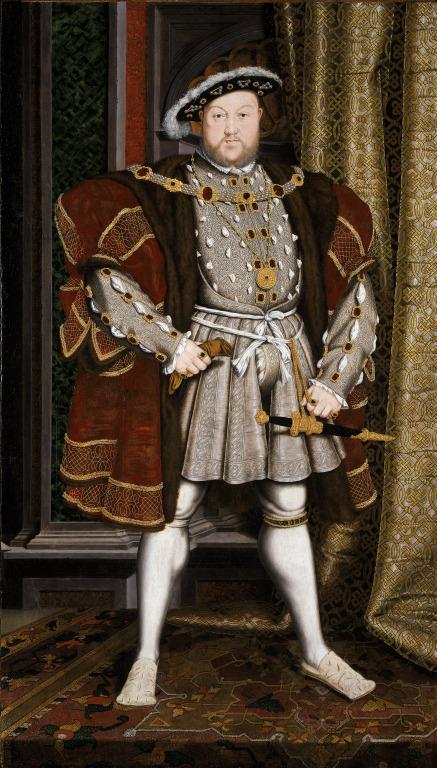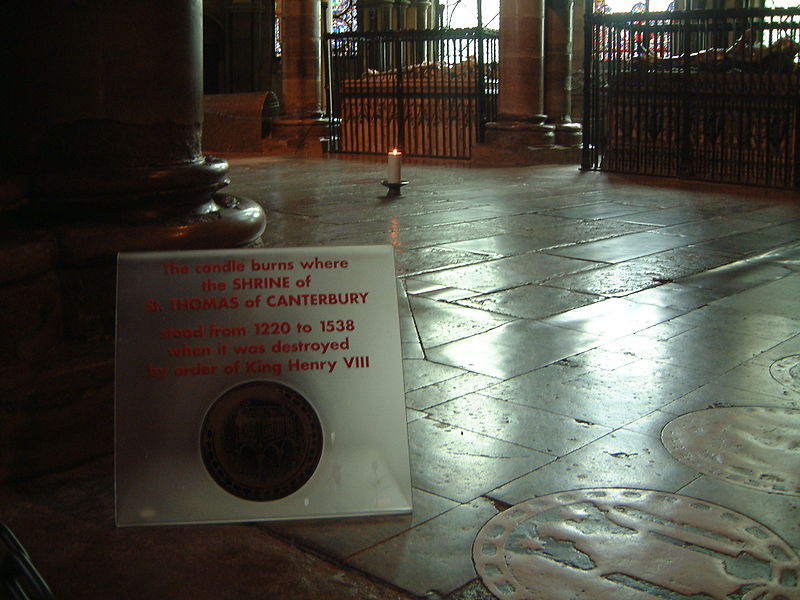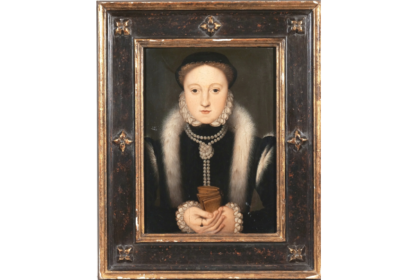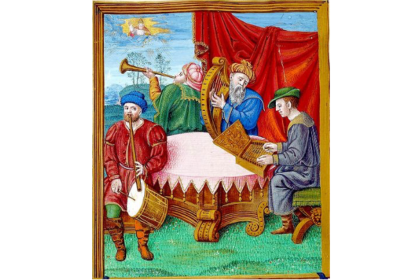Over 400 years after his death, the shrine of St. Thomas Becket fell victim to the Dissolution of the Monasteries. Henry VIII seemed to take a particular interest in the destruction of the shrine, issuing a proclamation from Westminster that:

‘Thoma Becket, sometime archbishop. of Canterbury, shall no longer be named a saint, as he was really a rebel who fled the realm to France and to the bishop of Rome to procure the abrogation of wholesome laws, and was slain upon a rescue made with resistance to those who counselled him to leave his stubbornness. His pictures throughout the realm are to be plucked down and his festival shall no longer be kept, and the services in his name shall be razed out of all books. Westminster, 16 Nov. 30 Hen. VIII’
It is easy to see why Henry VIII felt so strongly about the long-dead archbishop; Thomas was prosecuted and persecuted for defying a king who was trying to bring in reforms to curb the power and authority of the Church in England. It was a story that would have resonated with the Tudor king, who also sought – successfully – to take control of the Church.
There is a very interesting account of additional actions Henry VIII took preceding the destruction of St. Thomas’ shrine. Apparently, the king held some form of mock trial against the saint, arranging for the Privy Council to travel to Canterbury on the 24th April, 1538 so that they could bring a citation against St. Thomas at the shrine itself. On the 11th June, the following sentence was pronounced:
‘Thomas, formerly archbishop of Canterbury, having been cited, and no one having appeared for him, judgment is given that in his life time he disturbed the realm, and his crimes were the cause of his death, although the people hold him for a martyr. He is therefore never to be named martyr in future, his bones are to be token up and publicly burnt and the treasures of his shrine confiscated to the King. This edict to be published in London, Canterbury, and elsewhere. London, 11 June, 1538.
This sentence pronounced, the King commanded it to be put into execution 11 Aug. The gold and silver of the shrine (says Pollini) filled 26 waggons. On the 19th, St. Bernard’s duy, the sacrilege was completed and the sacred relics publicly burnt and the ashes scattered.’
Though it does have a certain Henrician flair to it, this account is likely a forgery; there are inconsistencies which suggest it was written at a much later date, such as St. Bernard’s Day actually falling on the 20th, not 19th, and a visitor at the end of August seeing the intact shrine despite the account saying it was destroyed on the 11th. Furthermore, we would expect there to be mentions of such a theatrical scene taking place, and there are none.
In all likelihood, this mock trial was an invention of a Catholic propagandist seeking to vilify Henry VIII and his Reformation. The fate of Becket’s skeletal remains which were held within the shrine is a mystery, however the only contemporary accounts which suggest that they were burned are Catholic ones.

We will probably never know the fate of Thomas Becket’s bones; they may have been burned or otherwise disposed of by Henry VIII’s agents. There are suggestions that they were rescued by the monks of Canterbury Cathedral and secretly interred somewhere hidden; but if that is the case, it is unlikely they will ever be discovered.





